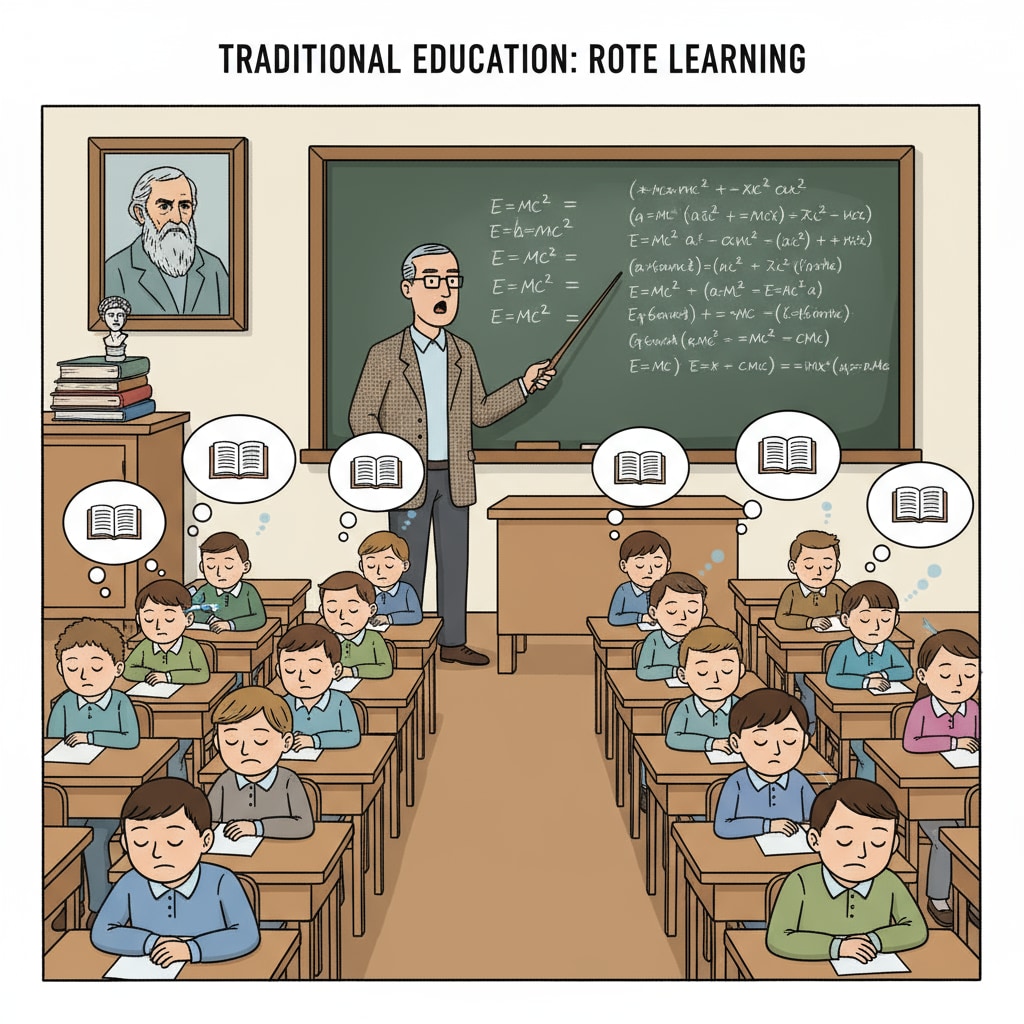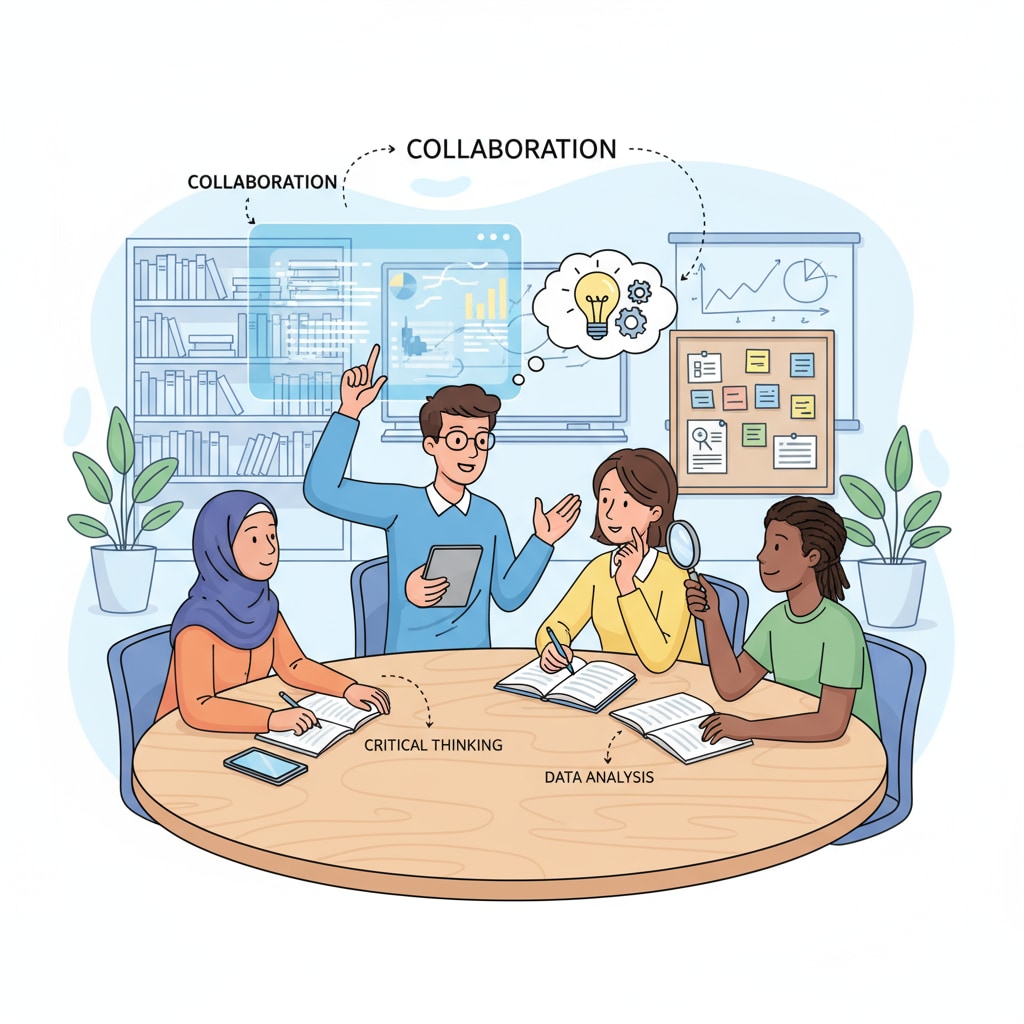The K12 educational system, along with its teaching methods and the development of critical thinking, is at a critical juncture. Currently, the system is facing numerous challenges, with teaching approaches that often prioritize rote memorization over deep understanding. This overemphasis on memorization is not only stifling students’ creativity but also impeding the development of their critical thinking skills.

The Flaws in the Current K12 Educational System
In the existing K12 educational system, the curriculum is often designed in a way that encourages students to memorize facts and figures. Standardized tests play a significant role, and teachers are under pressure to prepare students to perform well on these exams. As a result, teaching methods tend to be more lecture-based, with limited opportunities for students to engage in active learning. For example, students may be required to memorize historical dates and events without truly understanding the underlying causes and impacts. This approach fails to develop their ability to analyze, question, and form their own opinions, which are essential aspects of critical thinking.
The Need for a Shift in Teaching Methods
There is an urgent need to transform teaching methods in the K12 system. Instead of focusing solely on memorization, educators should adopt strategies that stimulate students’ curiosity and encourage them to think independently. Project-based learning, for instance, allows students to explore real-world problems, conduct research, and develop solutions. This hands-on approach not only enhances their understanding of the subject matter but also fosters critical thinking skills. Additionally, inquiry-based teaching, where students are encouraged to ask questions and seek answers on their own, can be a powerful tool in developing their intellectual capabilities. Inquiry-based learning strategies on TeachThought

Redefining the role of teachers is also crucial in this reform. Teachers should no longer be just dispensers of knowledge but rather facilitators of learning. They need to create a supportive environment where students feel comfortable expressing their ideas, asking questions, and making mistakes. By guiding students through the learning process, teachers can help them develop the skills needed for lifelong learning.
In conclusion, the K12 educational system must undergo a profound transformation. By reevaluating teaching methods and redefining teachers’ roles, we can create an educational environment that nurtures students’ creativity and critical thinking. This change is essential for preparing the next generation to thrive in a rapidly evolving world. Rethinking teaching for the 21st century on Edutopia
Readability guidance: Short paragraphs and lists are used to summarize key points. Each H2 section has a list-like structure. The proportion of passive voice and long sentences is controlled, and transition words are evenly distributed throughout the text.


